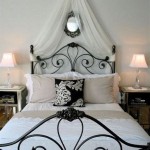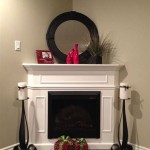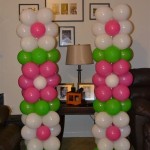Essential Aspects of Montessori Room Decoration
The environment in which children learn plays a crucial role in their development. Montessori room decoration is not just about aesthetics but also about creating a space that nurtures the child's physical, emotional, and cognitive growth. By considering the essential aspects of Montessori room decoration, educators and parents can foster a supportive and inspiring learning environment.
Montessori Room Decoration as a Noun:
- Refers to the process of designing and arranging a room according to the principles of Montessori education.
- Emphasizes the importance of creating a child-centric space that supports their autonomy, independence, and exploration.
Essential Aspects:
1. Natural Elements:
Montessori environments incorporate natural materials such as wood, cotton, and wool. These materials provide a sensory-rich experience for children, fostering their connection to nature and promoting a sense of calm and comfort.
2. Child-Sized Furnishings:
All furniture in a Montessori room is designed to be accessible to children. Small tables, chairs, and storage units allow children to move freely, make choices, and engage in activities independently.
3. Order and Simplicity:
Montessori rooms are characterized by a sense of order and simplicity. Toys and materials are organized into specific spaces, promoting a structured environment that supports children's cognitive development and self-regulation.
4. Neutral Colors:
Neutral colors, such as white, beige, and pale pastels, create a calming and inviting atmosphere. They allow children to focus on the activities and materials in the room without being overstimulated by bright or distracting colors.
5. Natural Light:
Natural light is essential for creating a healthy and vibrant learning environment. Large windows or skylights provide ample sunlight, promoting children's well-being and reducing the need for artificial lighting.
6. Designated Activity Areas:
Montessori rooms typically have designated areas for different activities, such as practical life, sensory play, and language development. This organization helps children to understand the purpose of each space and promotes focused learning.
7. Open Floor Plan:
An open floor plan allows for flexibility and movement. It provides children with ample space to explore, interact with materials, and develop their gross motor skills.
By incorporating these essential aspects, Montessori room decoration creates a stimulating and supportive environment that fosters children's independence, curiosity, and love of learning. These principles ensure that the room becomes an extension of the Montessori philosophy, guiding children towards their full potential.

How To Design A Montessori Kid S Room
Montessori Bedroom Ideas For A Three Year Old How We

Montessori Style Bedrooms For Infants Toddlers Setup Inspiration Ideas Nature

Montessori Decoration Ideas An Ideabook By Urooj Shahid

Pin On Nursery
Montessori Spaces Design A New Project How We

How To Design A Montessori Kid S Room

Step By Guide To The Perfect Montessori Toddler Room Decor Bedroom

Revamp Your Toddler S Bedroom Montessori Style St Andrew Nursery

How To Create A Little Girl Montessori Style Bedroom With Floor Bed
Related Posts








